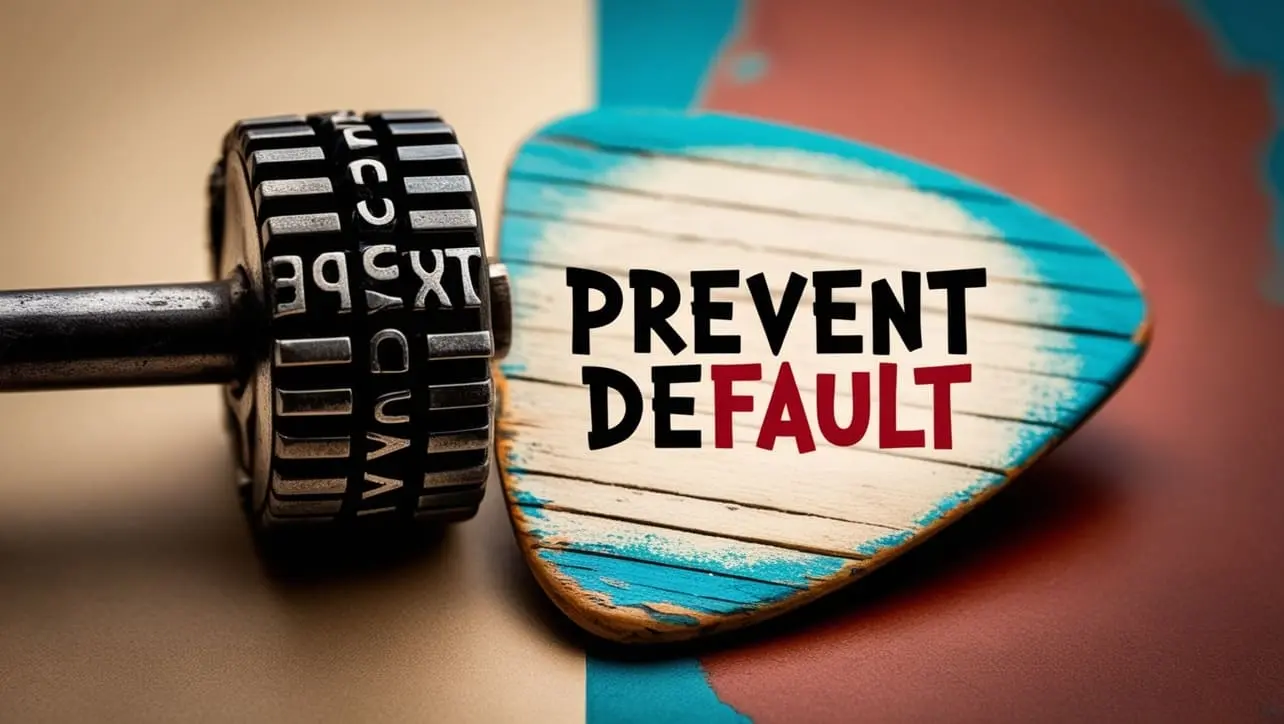
jQuery Topics
- jQuery Introduction
- jQuery Callbacks
- jQuery deferred
- jQuery selectors
- jQuery Ajax Events
- jQuery Ajax Methods
- jQuery Keyboard Events
- jQuery Keyboard Methods
- jQuery Form Events
- jQuery Form Methods
- jQuery Mouse Events
- jQuery Mouse Methods
- jQuery Event Properties
- jQuery Event Methods
- jQuery HTML
- jQuery CSS
- jQuery Fading
- jQuery Traversing
- jQuery Utilities
- jQuery Properties
jQuery event.preventDefault() Method

Photo Credit to CodeToFun
🙋 Introduction
jQuery is a powerful library that simplifies JavaScript programming, making it easier to create dynamic and interactive web pages. One of the essential methods provided by jQuery is event.preventDefault(). This method plays a crucial role in controlling the default behavior of events, such as form submissions, link clicks, and more.
In this guide, we'll explore the event.preventDefault() method with detailed explanations and practical examples to help you understand its usage.
🧠 Understanding event.preventDefault() Method
The event.preventDefault() method is used to prevent the default action of an event from being triggered. For instance, you can use it to prevent a form from submitting, a link from navigating, or a keypress from performing its default action. This method is particularly useful when you want to control the behavior of user interactions on your web page.
💡 Syntax
The syntax for the event.preventDefault() method is straightforward:
event.preventDefault();Where event is the event object passed to the event handler.
📝 Example
Preventing Form Submission:
One of the common uses of
event.preventDefault()is to prevent a form from submitting so that you can validate the form data first. Here's an example:index.htmlCopied<form id="myForm"> <input type="text" id="username" placeholder="Enter username"> <button type="submit">Submit</button> </form>example.jsCopied$("#myForm").submit(function(event) { event.preventDefault(); var username = $("#username").val(); if (username === "") { alert("Username cannot be empty"); } else { alert("Form submitted successfully"); // Optionally, you can submit the form programmatically using AJAX here } });In this example, the form's default submission is prevented if the username field is empty.
Preventing Link Navigation:
You might want to prevent a link from navigating to a new page and perform some action instead. Here's how you can do it:
index.htmlCopied<a href="https://example.com" id="myLink">Go to Example.com</a>example.jsCopied$("#myLink").click(function(event) { event.preventDefault(); alert("Link click prevented. Do something else instead."); });When the link is clicked, the default navigation is prevented, and an alert is shown instead.
Preventing Default Keypress Actions:
Sometimes, you might need to prevent certain default actions associated with key presses, such as preventing the form submission when the Enter key is pressed:
index.htmlCopied<form id="searchForm"> <input type="text" id="searchInput" placeholder="Search..."> <button type="submit">Search</button> </form>example.jsCopied$("#searchInput").keypress(function(event) { if (event.which == 13) { // 13 is the Enter key event.preventDefault(); alert("Enter key pressed. Default action prevented."); } });In this example, pressing the Enter key in the search input field will not submit the form.
Combining with Other Event Methods:
The
event.preventDefault()method is often used in conjunction with other jQuery event methods like event.stopPropagation() to control event behavior precisely:example.jsCopied$("#myButton").click(function(event) { event.preventDefault(); event.stopPropagation(); alert("Button click handled without triggering parent events."); });In this scenario, the button click is handled without triggering any parent element events.
🎉 Conclusion
The jQuery event.preventDefault() method is an invaluable tool for controlling the default actions of various events. By using this method, you can ensure that user interactions behave as intended, providing a better user experience.
Whether you are preventing form submissions, link navigations, or default keypress actions, mastering event.preventDefault() will give you greater control over your web page's functionality.
👨💻 Join our Community:
Author

For over eight years, I worked as a full-stack web developer. Now, I have chosen my profession as a full-time blogger at codetofun.com.
Buy me a coffee to make codetofun.com free for everyone.
Buy me a Coffee












If you have any doubts regarding this article (jQuery event.preventDefault() Method), please comment here. I will help you immediately.